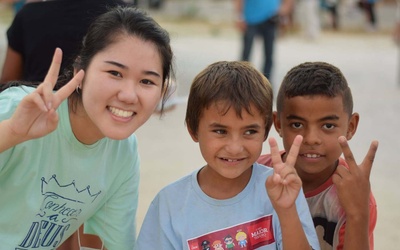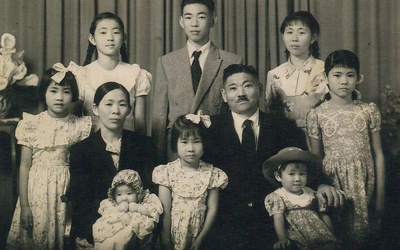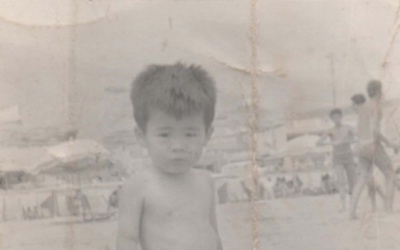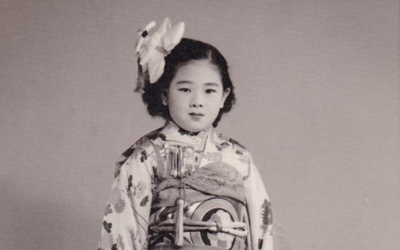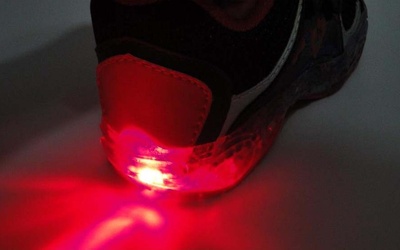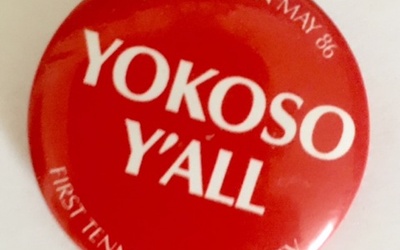Nikkei Chronicles #5—Nikkei-go: The Language of Family, Community, and Culture

Arigato, baka, sushi, benjo, and shoyu—how often have you used these words? In an informal survey conducted in 2010, we found that these were the most frequently used Japanese words among Japanese Americans living in Southern California.
In Nikkei communities around the world, the Japanese language symbolizes the culture of one’s ancestors, or the culture that was left behind. Japanese words often get mixed in with the language of the adopted country, creating a fluid, hybrid way of communicating.
For this series, we asked our Nima-kai community to vote for their favorite stories and an editorial committee to pick their favorites. In total, five favorite stories were selected.
Here are the selected favorite stories.
Editorial Committee’s Selections:
- ENGLISH:
Yokoso Y’all
By Linda Cooper
- JAPANESE:
Brazil is My Second Home — Japan is My Spiritual Home
By Marina Tsustui
- SPANISH:
The Chuo Gakuen School: The Seeds of Prestige for the Japanese Community in Mexico
By Sergio Hernández Galindo
- PORTUGUESE:
Gaijin
By Heriete Setsuko Shimabukuro Takeda
Nima-kai selection:
- 56 stars:
The Japanese language in the daily lives of the members of the Hikari Group of Londrina
By Alba Shioco Hino, Nilza Matiko Iwakura Okano, Kiyomi Nakanishi Yamada
Stories from this series
Brazil Is My Second Home—Japan Is My Spiritual Home
Sept. 12, 2016 • Marina Tsutsui
My mother is Japanese Brazilian, and my father is Japanese. I was born in Japan and lived there until I was nine years old. My parents spoke to me only in Japanese. When one or both parent is Brazilian, some children go to Brazilian schools, but I went to Japanese school every year from preschool to 4th grade. Água and obrigado were the only two words I knew in Portuguese back then, and I can’t even remember when I used …
Bastos' Nikkei-go
Sept. 5, 2016 • Rosa Tomeno Takada
Koná goroshono tyomém shensheiga kawashita – would any Nikkei understand this sentence? It is a mixture of dialect and a word in Portuguese, but with a Japanese pronunciation, the translation of which would be: The teacher ordered the purchase of a thick notebook. Normally I introduce myself as a native Bastos, born and raised in Bastos, the most Japanese city in Brazil. Therefore, I'm going to share here some of the Nikkei-go that I've learned since I was born. I …
How I Found Out I Was Uchinānchu (Okinawan)
Aug. 31, 2016 • Javier Takara
I lived a peaceful life with my grandparents on the 11th block of Arnaldo Márquez street in the Jesús María District of Lima (where “anyone who didn’t have Inca blood, had African blood”1), when my parents decided to send me to school. Going to Jishuryo (Santa Beatriz School) and realizing quickly that I was surrounded by “chinos”2 was such a shock that it took me a while to recover (until that time all of my friends had been Peruvian, despite …
Made in Japan
Aug. 26, 2016 • Mary Sunada
This familiar phrase, “made in Japan” (Nihon-sei) reminds me of my mother, Yaeko. She was born in Gunma, Japan, on March 7, 1927. Her parents, Matsuji and Kichi Niikura, always had old fashioned Japanese values. Yaeko was their only daughter among their three sons, Hiroshi, Katsumi, and Kazuhiko. She loved sewing and designing. Her dream was to become a fashion designer, however her parents had other ideas in mind. They wanted their daughter to marry and to have a family …
Hai!
Aug. 23, 2016 • Hudson Okada
Every other week, I stop by a Japanese grocery store that's just down the block from my house, in Liberdade, to buy some basic products: sushi, soy sauce, tofu, rice... that sort of thing. And it was in this place that I met a little girl who is already a true athlete. I call her that because, despite still being very young – about three or four years old – this girl is already a phenomenal being, tireless, outstanding, even …
Yokoso Y’all
Aug. 17, 2016 • Linda Cooper
Thirty years ago, much to my delight, two events occurred which served to encapsulate my bicultural, hapa heritage. I am the daughter of a Japanese mother and Southern gentleman father, a career U.S. Army veteran who met and married my mother in Japan in the aftermath of World War II. While I traveled the world with my parents when my dad was in the military, I did most of my growing up in a small suburb of Memphis, Tennessee, after …

